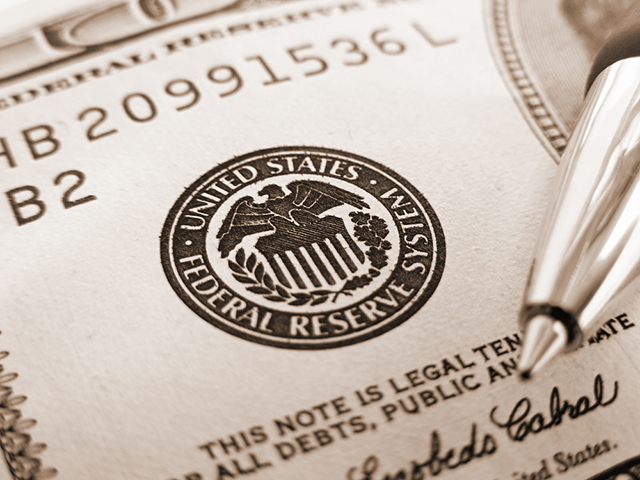
The deficit hawks appear to be making a comeback, at least in the media, if not among the public at large. This isn’t surprising since we have billionaires prepared to spend large chunks of their money to scare people about the deficit, regardless of how unimportant it might be as an economic concern.
The latest story line is that the deficit may not be a problem now, but it is projected to grow in size over the next decade. In particular, as interest rates rise we will be forced to divert an increasing portion of government spending to interest payments and away from things we might really care about, like improving infrastructure and education.
There are many things wrong with this analysis, most obviously that even if interest payments rise as projected, relative to the size of the economy they will still be less in 2025 than they were in the early 1990s. And the interest burden in 1990s didn’t prevent us from having a decade that ended with four years of broadly shared wage growth and low unemployment. So the horror story here doesn’t look quite so frightening.
But perhaps the more important issue is that the deficit hawks’ bad story depends on interest rates rising, which in turn depends on the actions of the Federal Reserve Board. The assumption in the Congressional Budget Office’s projections is that the Fed will raise interest rates sharply over the next few years so that we will face a higher interest burden, even though the debt will not have risen relative to the size of the economy.
This raises the obvious question as to why the Fed would be raising interest rates. The normal rationale for higher interest rates is the need to head off inflation. But inflation is extremely low right now by every measure and there is little reason to think it will become a problem any time soon. Inflation has been running well below the Fed’s 2.0 percent target, which means that the inflation rate has room to rise just to get where the Fed wants it. If the deficit hawks are so worried about deficits, perhaps they should be leaning on the Fed not to raise interest rates without any good cause.
But there is an even more important reason why the Fed should not raise interest rates. Higher interest rates prevent inflation by slowing the economy and reducing job growth. In other words, the decision by the Fed to raise interest rates will keep workers from getting jobs.
In addition to the millions of workers who might be left unemployed if the Fed raises rates when it is not necessary, tens of millions of workers will have less bargaining power as a result of the weakness of the labor market. This is likely to mean that they will not be in a position to get real wage gains in line with the economy’s productivity growth, which should be close to 1.5 percent annually.
In the late 1990s, workers at the middle and bottom of the wage distribution were able to secure healthy wage gains because the Fed allowed the unemployment rate to fall to much lower levels than most economists had previously thought possible. In 2000, the unemployment got as low as 3.8 percent and averaged 4.0 percent for the whole year. This is what allowed workers to have the first sustained period of real wage growth in almost three decades.
If the Fed raises rates prematurely, it will be preventing most workers from sharing in the gains of economic growth. Instead of real wage gains, workers are likely to see their wages continue to stagnate, as they have done since the 2001 recession.
This Fed enforced wage stagnation can be seen as a tax. Effectively the Fed is pulling money out of workers’ paychecks by ensuring that they don’t they have enough bargaining power to secure wage gains. This adds up through time. If we assume a counter-factual of 1.0-1.5 percent annual wage growth, a decade of weak labor markets implies a reduction in before tax wages of between 10-15 percent.
If any politician were to propose a payroll tax increase of 10-15 percentage points there would be enraged howls from people across the political spectrum. But a Fed policy of raising rates to slow job growth can effectively amount to the same thing. By denying workers the bargaining power they need to secure their share of economic growth, the Fed is effectively reducing workers’ paychecks in the same way that a massive tax increase would reduce their paychecks.
The big difference is that the Fed’s tax hikes are far more costly to ordinary workers than any conceivable tax increase. The other big difference is that billionaires are not going to pay people to highlight the impact of the Fed’s high interest rates on people’s living standards. They just want us to go back to talking about the deficit.
Join us in defending the truth before it’s too late
The future of independent journalism is uncertain, and the consequences of losing it are too grave to ignore. To ensure Truthout remains safe, strong, and free, we need to raise $43,000 in the next 6 days. Every dollar raised goes directly toward the costs of producing news you can trust.
Please give what you can — because by supporting us with a tax-deductible donation, you’re not just preserving a source of news, you’re helping to safeguard what’s left of our democracy.